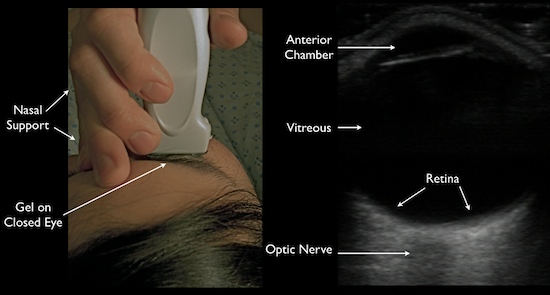For today's POTD, we're dusting off our analytical skills and looking at an important paper from 2010 that attempted to settle the age-old debate of how to best manage symptomatic acute-onset (<48 hr) atrial fibrillation, using a strategy known as the Ottawa Aggressive Protocol. The actual paper is available here (https://www.cambridge.org/core/services/aop-cambridge-core/content/view/S1481803500012227), but here is a bite-sized summary for you all, because 'tis the season of giving.
First things first: What is the Ottawa Aggressive Protocol (OAP)? The OAP study aimed to show that rapid cardioversion followed by discharge home was a safe and effective option for those ED patients presenting with clear acute onset a-fib (defined below as <48 hr duration) who were clinically stable.
Study population: 660 adult patients presenting to a single Ottawa hospital with symptomatic atrial fibrillation for <48 hr
Exclusions: Patients with chronic AF, symptoms > 48 hours or of unknown duration, and/or patients with another primary diagnosis requiring hospital admission.
Intervention: All 660 patients got an initial attempt at pharmacologic conversion with IV procainamide (1 g infused over 1 hour). If the patient had a history of failure to respond to procainamide, an alternative IV antiarrhythmic agent could be used before moving on to electrical cardioversion in the ED. Patients with a history of multiple unsuccessful prior attempts at pharmacologic cardioversion using all available drugs proceeded directly to electrical cardioversion. Attempts at rate control (with IV metoprolol or diltiazem) were performed in those patients who were either highly symptomatic or not planning to undergo cardioversion.
Design: Retrospective, consecutive cohort study
Key results: 58.3% of patients successfully converted with procainamide. 91.7% of patients successfully converted with electrical cardioversion. 96.8% of patients were discharged home; of those 93.3% were in normal sinus rhythm. At the 7-day mark, the relapse rate was only 8.6% (i.e. patient found to be back in a-fib). There were zero cases of thromboembolic events, torsades, or death. Median ED length of stay was 4.9 hours (3.9 hr for those pts who converted after procainamide; 6.5 hr for those requiring electrical cardioversion).
Weaknesses: Not a RCT; no blinding; only 7 days of follow up.
What does it mean for my practice? The Ottawa Aggressive Protocol is a reasonable approach for management of AF of <48 hours duration, and may help decrease lengths of stay and resource utilization (sparing a hospitalization). Patients were safely discharged after cardioversion (procainamide +/- electricity) without need for systemic anticoagulation or antiarrhythmic prophylaxis, with arrangements for outpatient cardiology follow-up.
References:
Stiell et al. Association of the Ottawa Aggressive Protocol with rapid discharge of emergency department patients with recent-onset atrial fibrillation or flutter. CJEM, 2010 May;12(3):181-91.
CoreEM.net
WikEM.org




 A vitreous detachment is typically seen floating above and NOT connected to the optic nerve. It is often also hazier and swirlier (very technical terms), especially as the patient looks in different directions.
A vitreous detachment is typically seen floating above and NOT connected to the optic nerve. It is often also hazier and swirlier (very technical terms), especially as the patient looks in different directions.